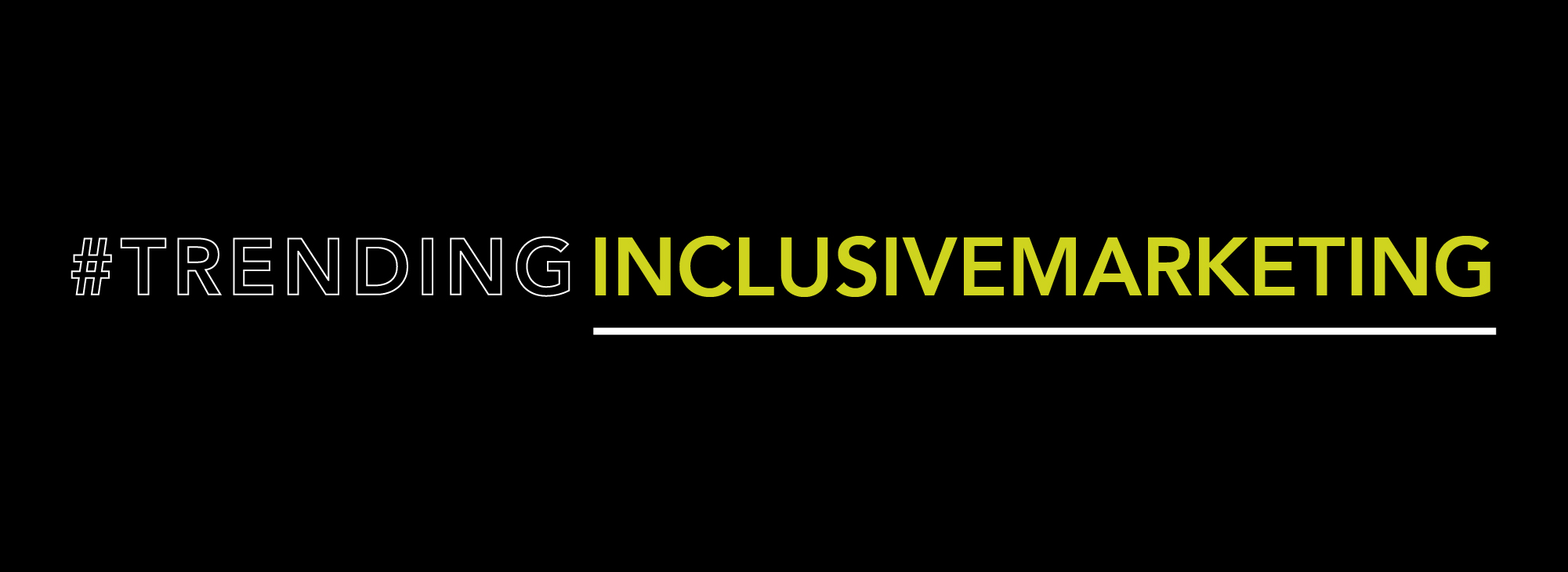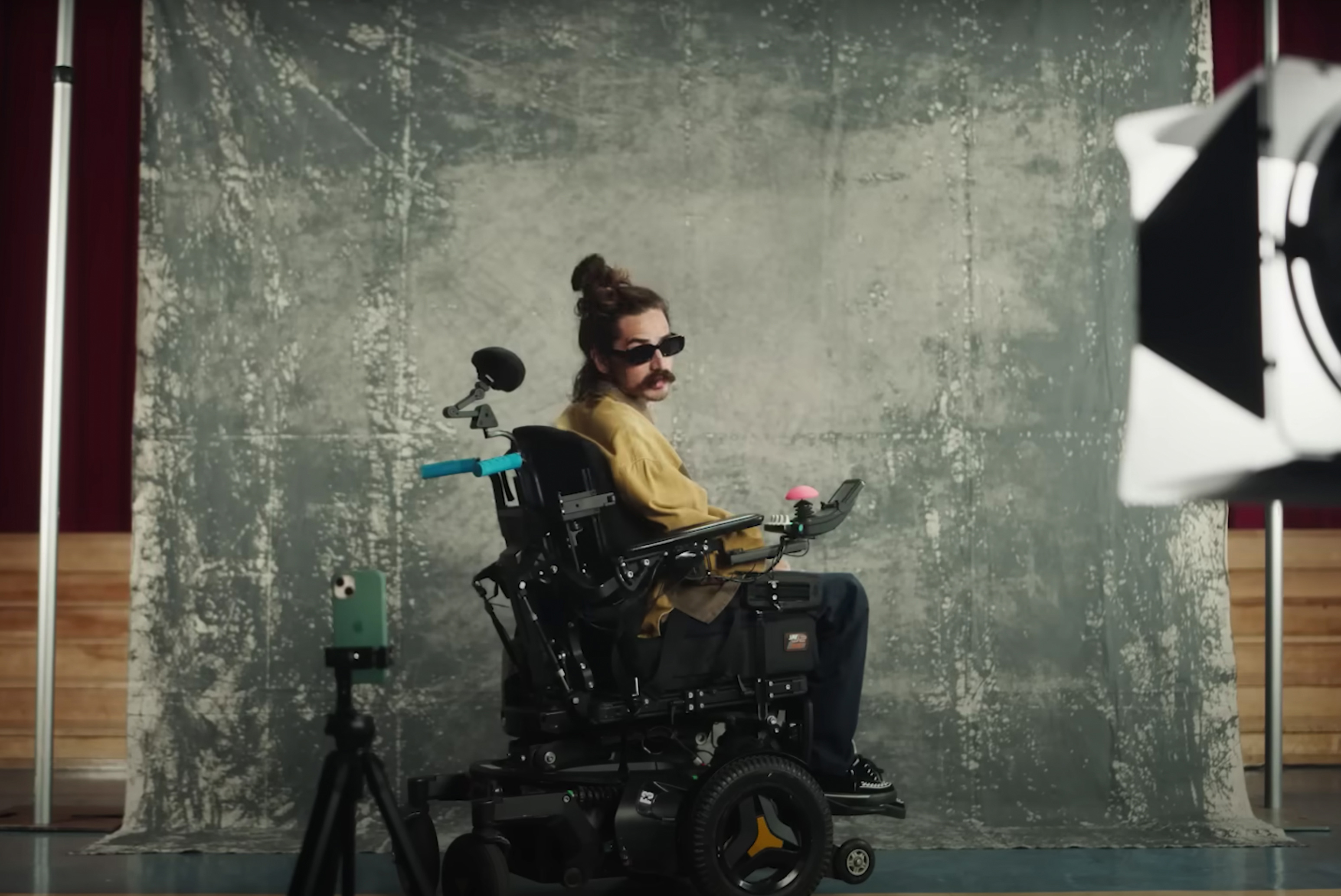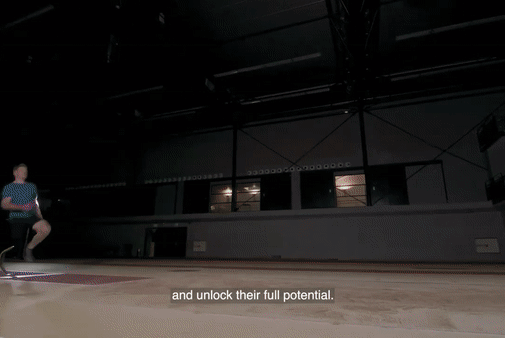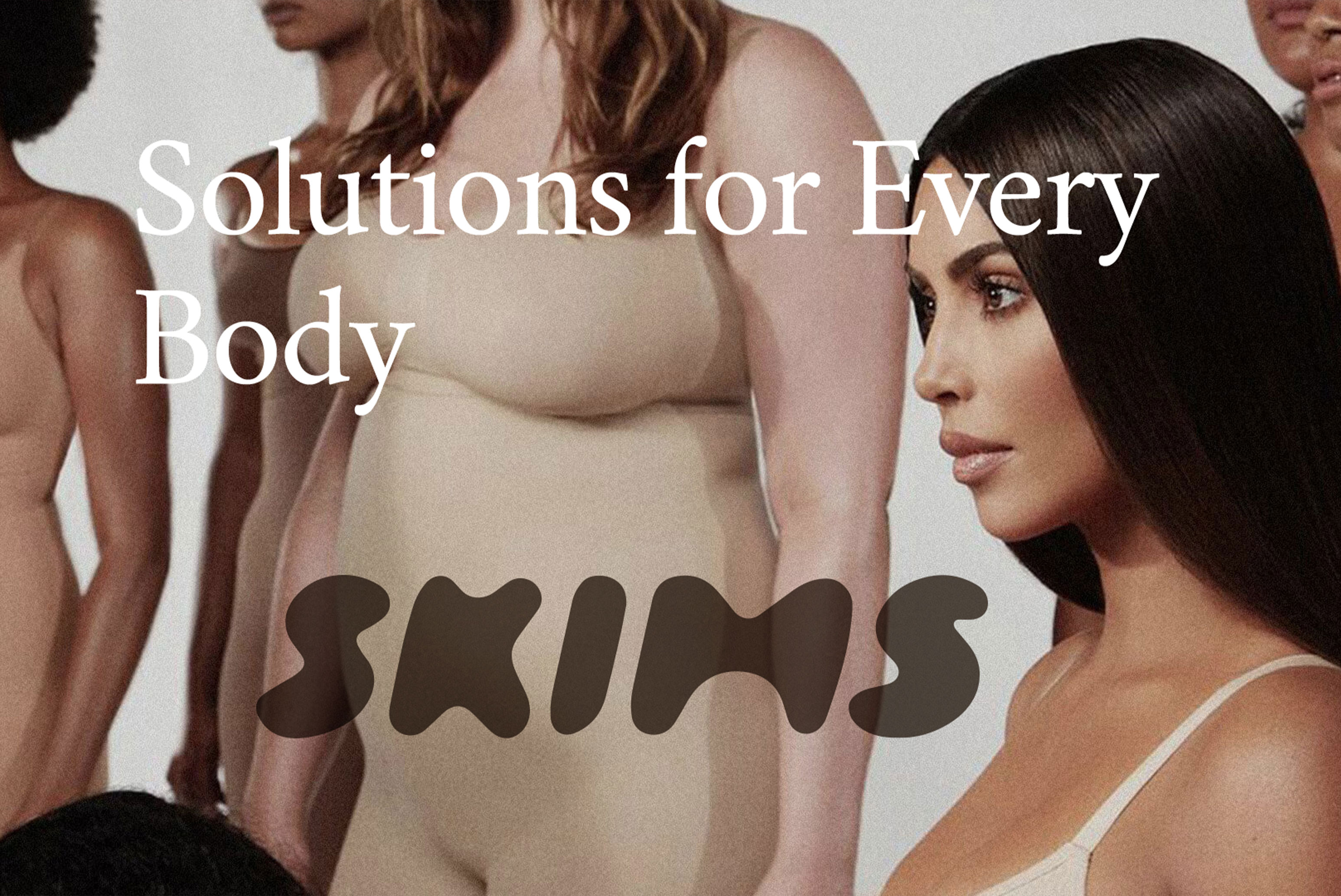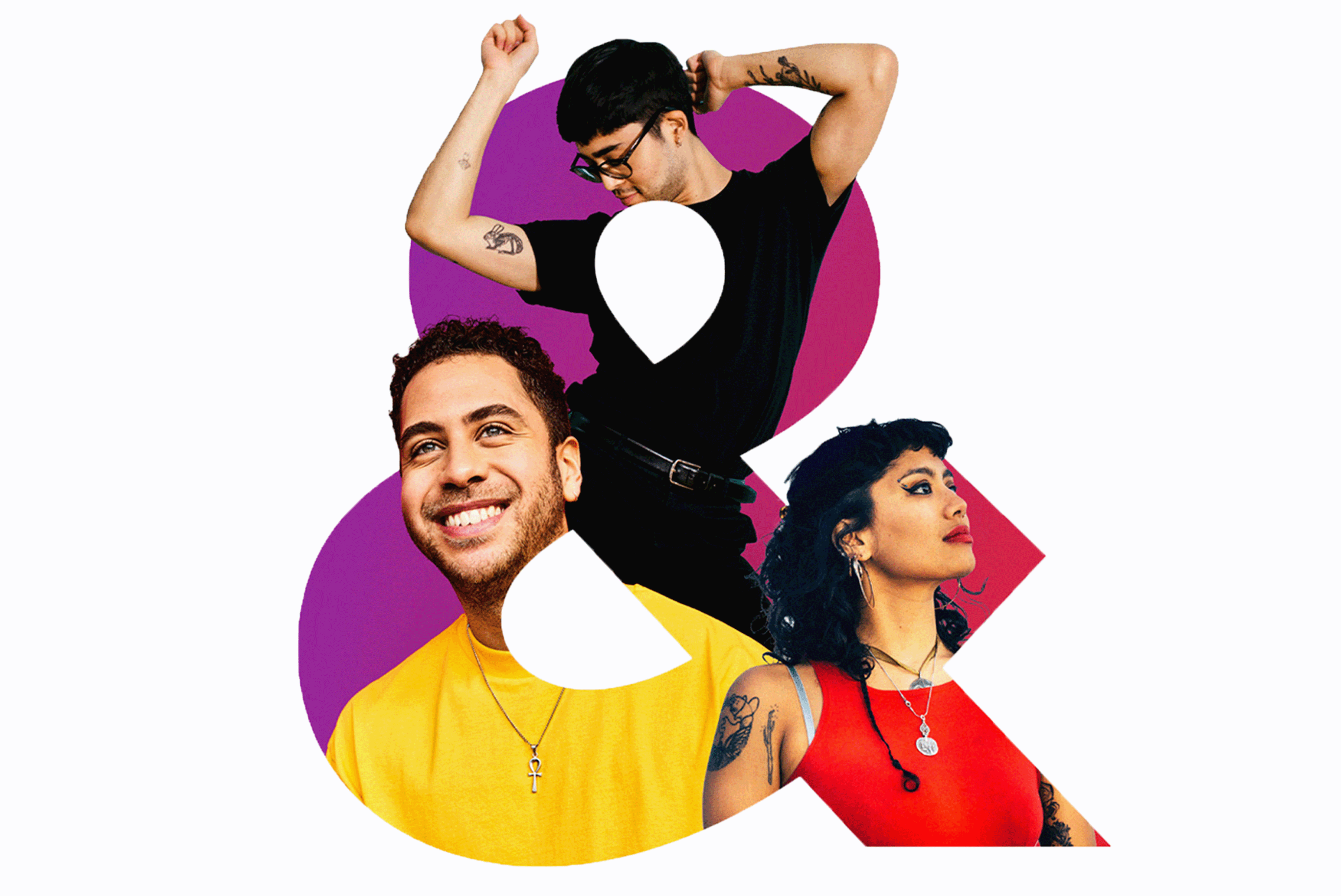If you don’t have anything authentic to say, you might not want to say anything at all. This is the message marketers are being flooded with amidst their rush for more inclusivity and diversity in their work. From fashion campaigns featuring models with disabilities to more and more retailers branding products with diverse holidays like Pride and Black History Month, authentic, inclusive marketing has been a hot advertising trend for the past few years and is steadily becoming more of a requirement. However, as the market is becoming more saturated with this messaging, consumers are getting more opinionated on how to do it right, and are quick to call out anything that might be seen as pandering to a minority group.
So, how does one create a truly inclusive campaign? It turns out there’s an essential common denominator that everyone has the power to harness: human vulnerability.
Striking a Chord
It’s one thing to shed light on an underserved community while speaking to the mainstream, and not necessarily a bad thing. Take TBWA/Media Arts Lab’s latest work for Apple. Their The Greatest campaign, featuring the many ways Apple products impact and ease the daily routines of differently abled people, does help raise awareness for the larger population who are unaware of these features, but it’s lacking real value for the featured minority group.
We love the way Never done listening by NIKE showcased how the company exercises human vulnerability in their product development. By taking viewers behind the scenes and admitting that NIKE is still actively learning from the disabled community in order to improve, they help educate the mainstream while building trust with the featured demographic. Both works are moving in their own right, but we see work like NIKE’s becoming more successful as this marketing movement progresses.
Walking the walk
Inclusive marketing that functionally makes for better customer experiences is another exciting way brands are proving their authenticity to customers. Take the UI for Skims.com done by King and Partners. Rather than just posting a few photos of diverse models, the brand has gone the extra mile of having each product photographed and shown in different sizes on their site. So when browsing through items, customers can see them modeled by someone who looks like them — whether they happen to fit into a sample size or not. This new function is not only useful but is deeply emotionally linked, creating positive feelings towards the brand through shared vulnerability with their audience.
How we’re championing inclusivity
As an agency, we jump at the chance to create inclusive marketing in ways that feel natural for our clients. We’re especially proud of work we’ve done with LGBTQ+ organization, Out and Equal. We were able to refresh their branding to connect more meaningfully to the challenges facing today’s LGBTQ+ community while communicating to the world that the future of equality feels more like natural inclusivity and belonging.
Our recent work for AARP Staying Sharp features a wide range of backgrounds and body types while speaking candidly and refreshingly to the aging experience. The goal: express an authentic, empathetic message that turns ageism on its head, and provides the community with resources that truly help them thrive.
Continuing the push for progress
Audiences respond to human vulnerability; seeking to create for every demographic will make for more resonant work. To succeed at this, however, brands need to take the time to genuinely get to know more of their audience and its nuances. In the year ahead, we’re looking forward to this more authentic style of inclusive marketing being even further embraced, and can only hope it graduates from being a hot trend to becoming what we see as our mainstream norm.
